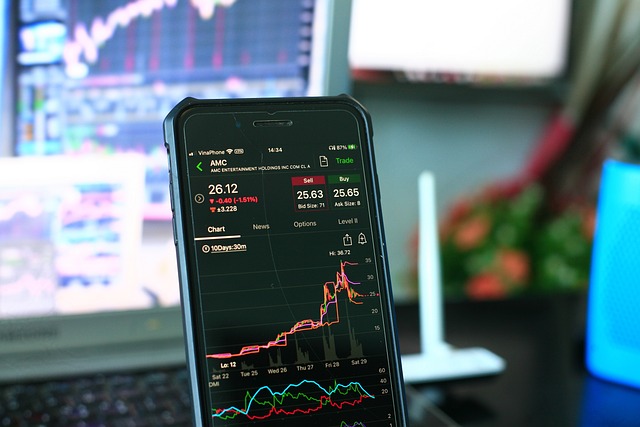Australia’s financial landscape is both dynamic and full of opportunities, especially for those involved in trade share CFDs. Among the array of financial products available, contracts for difference (CFDs) are particularly popular due to their flexibility and potential for substantial returns. However, the opportunities they offer are coupled with inherent risks, particularly when leverage is involved. To manage these risks effectively, it’s essential to understand the margin requirements set by brokers within Australia’s regulatory framework.
Margin trading allows traders to control larger positions than they could with their own funds alone. The concept is simple: traders contribute a portion of the total investment, known as the margin, while the broker covers the remainder. This leverage can amplify potential profits, but it also increases the risk of significant losses. Therefore, brokers and regulatory bodies impose strict margin requirements to limit excessive risk-taking.
In Australia, margin requirements are influenced by a regulatory framework that aims to balance market flexibility with investor protection. Brokers operate under the guidelines of the Australian Securities and Investments Commission (ASIC), but specific margin requirements can vary depending on the broker’s risk appetite, target clientele, and business model. For example, one broker might set a 5% margin requirement on a particular asset, offering 20:1 leverage, while another might offer a 3% margin, equating to 33:1 leverage. Traders must carefully weigh the potential for higher returns against the increased risk that comes with greater leverage.
Several factors influence margin levels, with asset volatility being a key consideration. Assets prone to significant price swings typically come with higher margin requirements. Market liquidity also plays a role; highly liquid assets, which can be easily bought or sold, often have lower margin requirements. Brokers may also consider historical performance, broader economic conditions, and current market trends when determining margin levels.
Beyond the initial margin requirement, traders need to be aware of the maintenance margin. This is the minimum amount of equity a trader must maintain in their account to keep a position open. If the account balance falls below this level due to adverse market movements, the broker may issue a margin call, requiring the trader to deposit additional funds to sustain the position. Failing to meet a margin call can result in the broker liquidating the position to recover the loaned funds.
Given the complexity of CFD trading, selecting a trustworthy broker is crucial. A good broker not only facilitates trades but also provides access to essential trading tools and information. These resources are vital for managing accounts effectively, including monitoring margin calls and assessing how market movements impact positions. Modern technology enables real-time tracking of account balances and margins, allowing traders to respond quickly to market changes.
While the Australian financial market offers numerous opportunities for those who trade share CFDs, successful margin trading demands a deep understanding of the market, careful risk management, and proactive account oversight. Traders should thoroughly review their broker’s policies and adhere to the guidelines provided by ASIC before engaging in margin trading. Equipped with a solid understanding of margin requirements and supported by a reliable broker, traders can leverage their positions for maximum gain while remaining mindful of the associated risks and responsibilities.
In conclusion, for anyone trading share CFDs, mastering the intricacies of margin requirements is essential. This knowledge not only enhances the potential for higher returns but also helps safeguard against the increased risks that come with leveraged trading. Partnering with a reputable broker who offers the right tools and guidance is key to navigating the complexities of margin trading in Australia’s vibrant financial market.
